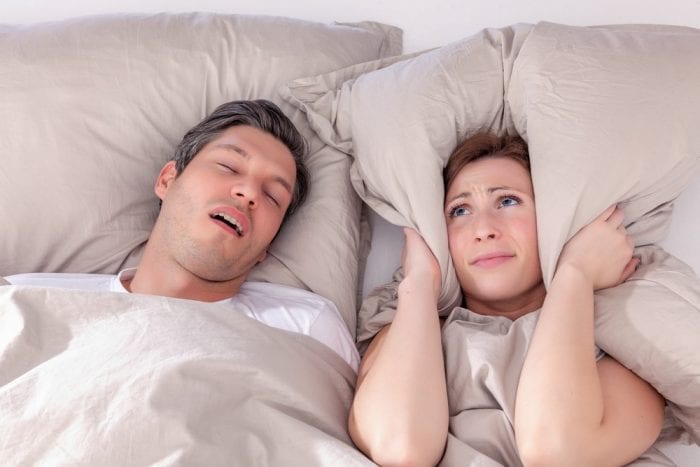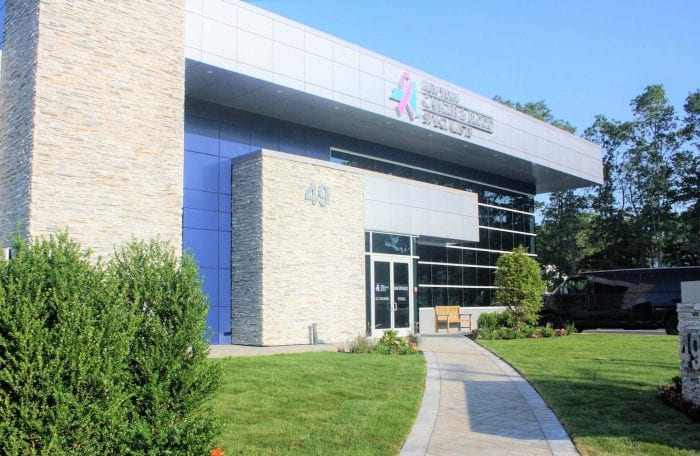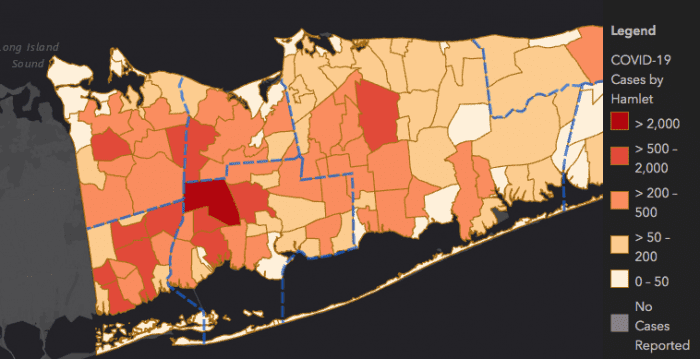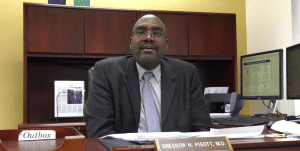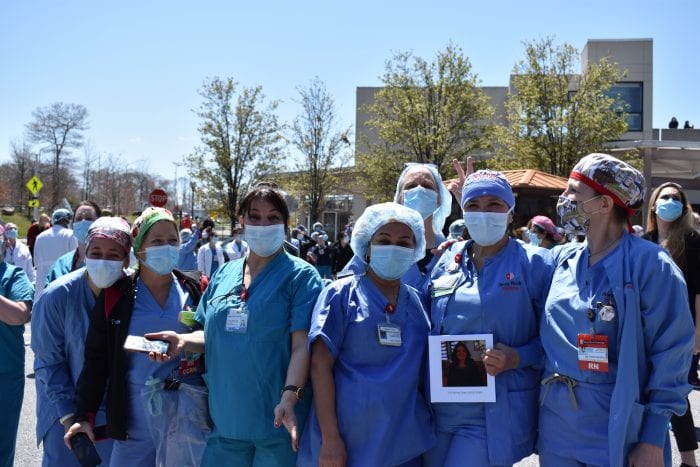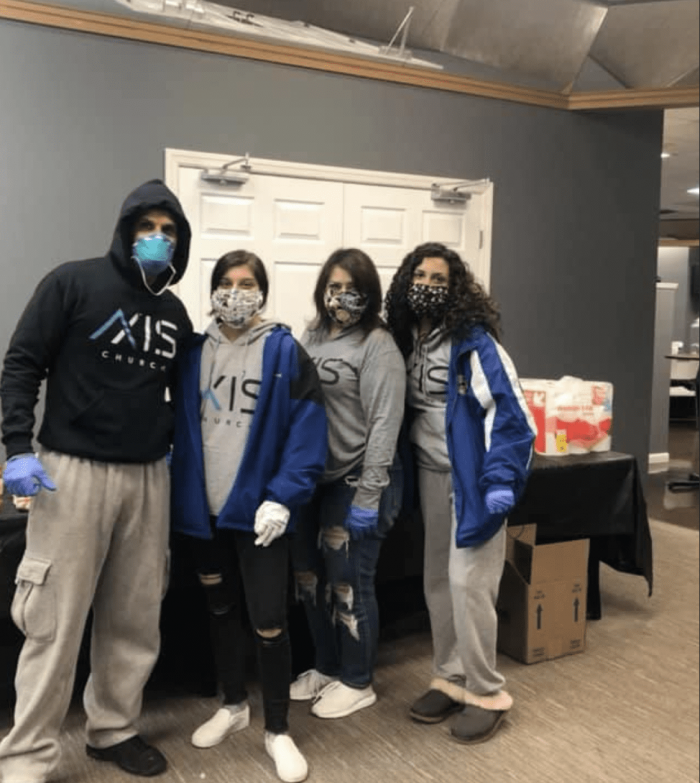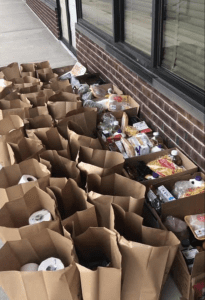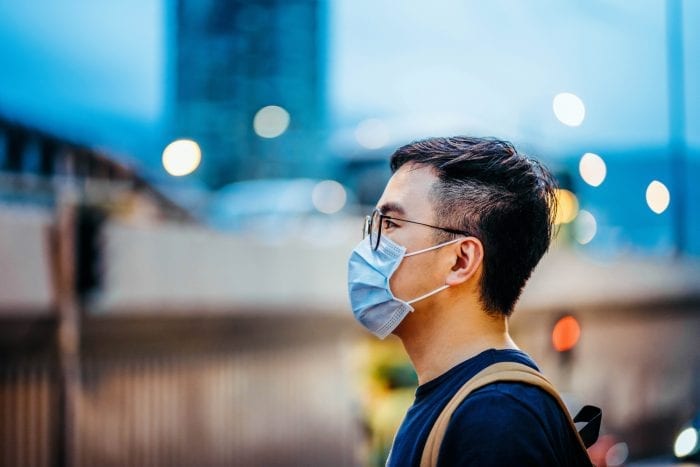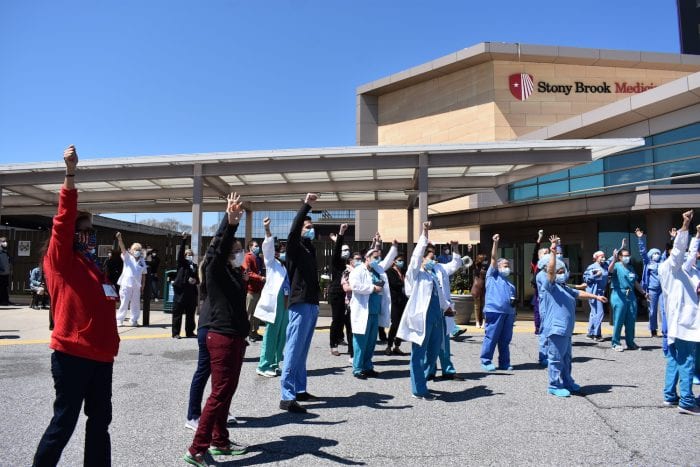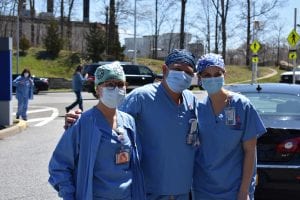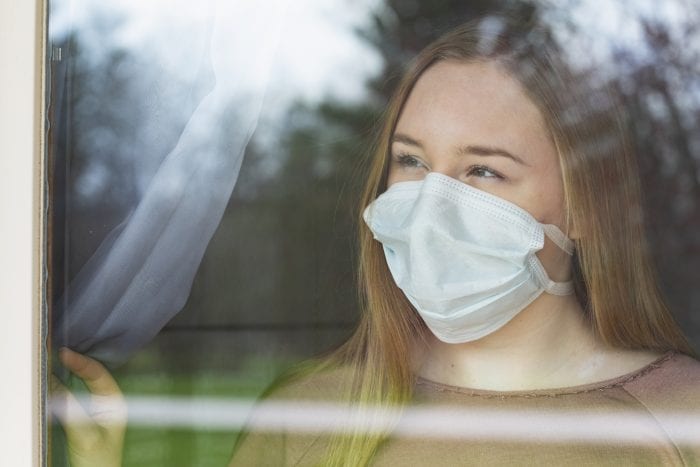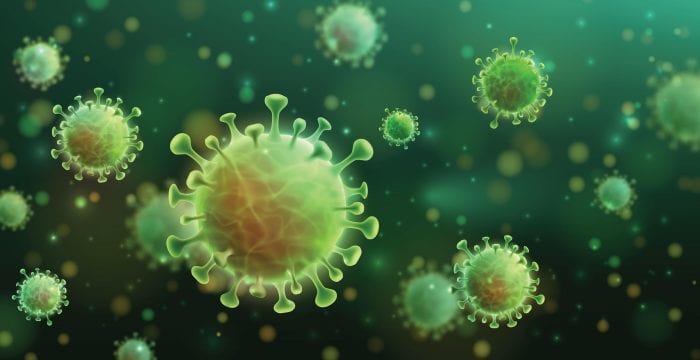Difficult-to-control high blood pressure may be a sign of OSA
By David Dunaief, M.D.

Sleep is a crucial factor for our physical and mental health, yet many people struggle to get quality restful sleep. For those with obstructive sleep apnea (OSA), this occurs frequently and can lead to consequences more significant than exhaustion.
Sleep apnea is an abnormal pause in breathing that occurs at least five times an hour while sleeping and can be caused by either airway obstruction (OSA), brain signal failure (central sleep apnea), or a combination of these two (complex sleep apnea). There are a surprising number of people in the United States with sleep apnea. Its prevalence may be as high as 20 percent of the population (1).
Here, our focus is on OSA, which can be classified as either mild, moderate or severe. It’s estimated that 80 percent of moderate and severe OSA are undiagnosed.
Risk factors for OSA include chronic nasal congestion, large neck circumference, excess weight or obesity, alcohol use, smoking and a family history. Not surprisingly, about two-thirds of OSA patients are overweight or obese. Smoking increases risk threefold, while nasal congestion increases risk twofold (2). Fortunately, many of the risk factors are modifiable.
Significant symptoms of OSA include daytime fatigue, loud snoring, breathing cessation observed by another, impaired concentration and morning headaches. These symptoms, while significant, are not the worst problems. OSA is also associated with a list of serious complications, such as cardiovascular disease, high blood pressure and cancer.
There are several treatments for OSA. Among them are continuous positive airway pressure (CPAP) devices; lifestyle modifications, including diet, exercise, smoking cessation and reduced alcohol intake; oral appliances; and some medications.
Cardiovascular disease
In an observational study, the risk of cardiovascular mortality increased in a linear fashion to the severity of OSA (3). In other words, in those with mild-to-moderate untreated sleep apnea, there was a 60 percent increased risk of death; and in the severe group, this risk jumped considerably, 250 percent. However, the good news is that treating patients with CPAP considerably decreased their risk by 81 percent for mild-to-moderate patients and 45 percent for severe OSA patients. This study involved 1,116 women over a six-year duration.
Not to leave out men, another observational study showed similar risks of cardiovascular disease with sleep apnea and benefits of CPAP treatment (4). There were more than 1,500 men in this study with a follow-up of 10 years. The authors concluded that severe sleep apnea increases the risk of nonfatal and fatal cardiovascular events, and CPAP was effective in stemming these occurrences.
In a third study, this time involving the elderly, OSA increased the risk of cardiovascular death in mild-to-moderate patients and in those with severe OSA 38 and 125 percent, respectively (5). But, just like in the previous studies, CPAP decreased the risk in both groups significantly. In the elderly, an increased risk of falls, cognitive decline and difficult-to-control high blood pressure may be signs of OSA.
Though all three studies were observational, it seems that OSA affects both genders and all ages when it comes to increased risk of cardiovascular disease and death, and CPAP may be effective in reducing these risks.
Cancer association
In sleep apnea patients under 65 years old, a study showed an increased risk of cancer (6). The authors believe that intermittent low levels of oxygen, which are caused by the many frequent short bouts of breathing cessation during sleep, may be responsible for the development of tumors and their subsequent growth.
The greater the percentage of time patients spend in hypoxia (low oxygen) at night, the greater the risk of cancer. So, for those patients with more than 12 percent low-oxygen levels at night, there is a twofold increased risk of cancer development, when compared to those with less than 1.2 percent low-oxygen levels.
Sexual function
It appears that erectile dysfunction may also be associated with OSA. CPAP may decrease the incidence of ED in these men. This was demonstrated in a small study involving 92 men with ED (7). The surprising aspect of this study was that, at baseline, the participants were overweight, not obese, on average and were young, at 45 years old. In those with mild OSA, the CPAP had a beneficial effect in over half of the men. For those with moderate and severe OSA, the effect was still significant, though not as robust, at 29 and 27 percent, respectively.
Dietary effect
Although CPAP can be quite effective, it may not be well tolerated by everyone. In some of my patients, their goal is to discontinue their CPAP. Diet may be an alternative to CPAP, or may be used in combination with CPAP.
In a small study, a low-energy diet showed positive results in potentially treating OSA. It makes sense, since weight loss is important. But even more impressively, almost 50 percent of those who followed this type of diet were able to discontinue CPAP (8). The results endured for at least one year. Patients studied were those who suffered from moderate-to-severe levels of sleep apnea. Low-energy diet implies a low-calorie approach, such as a diet that is plant-based and nutrient-rich.
The bottom line is that if you think you or someone else is suffering from sleep apnea, it is very important to go to a sleep lab to be evaluated, and then go to your doctor for a follow-up. Don’t suffer from sleep apnea and, more importantly, don’t let obstructive sleep apnea cause severe complications, possibly robbing you of more than sleep. There are effective treatments for this disorder, including diet and CPAP.
References:
(1) sleepapnea.org. (2) JAMA. 2004;291(16):2013. (3) Ann Intern Med. 2012 Jan 17;156(2):115-122. (4) Lancet. 2005 Mar 19-25;365(9464):1046-1053. (5) Am J Respir Crit Care Med. 2012;186(9):909-916. (6) Am J Respir Crit Care Med. 2012 Nov. 15. (7) APSS annual meeting: abstract No. 0574. (8) BMJ. 2011;342:d3017.
Dr. Dunaief is a speaker, author and local lifestyle medicine physician focusing on the integration of medicine, nutrition, fitness and stress management. For further information, visit www.medicalcompassmd.com.

